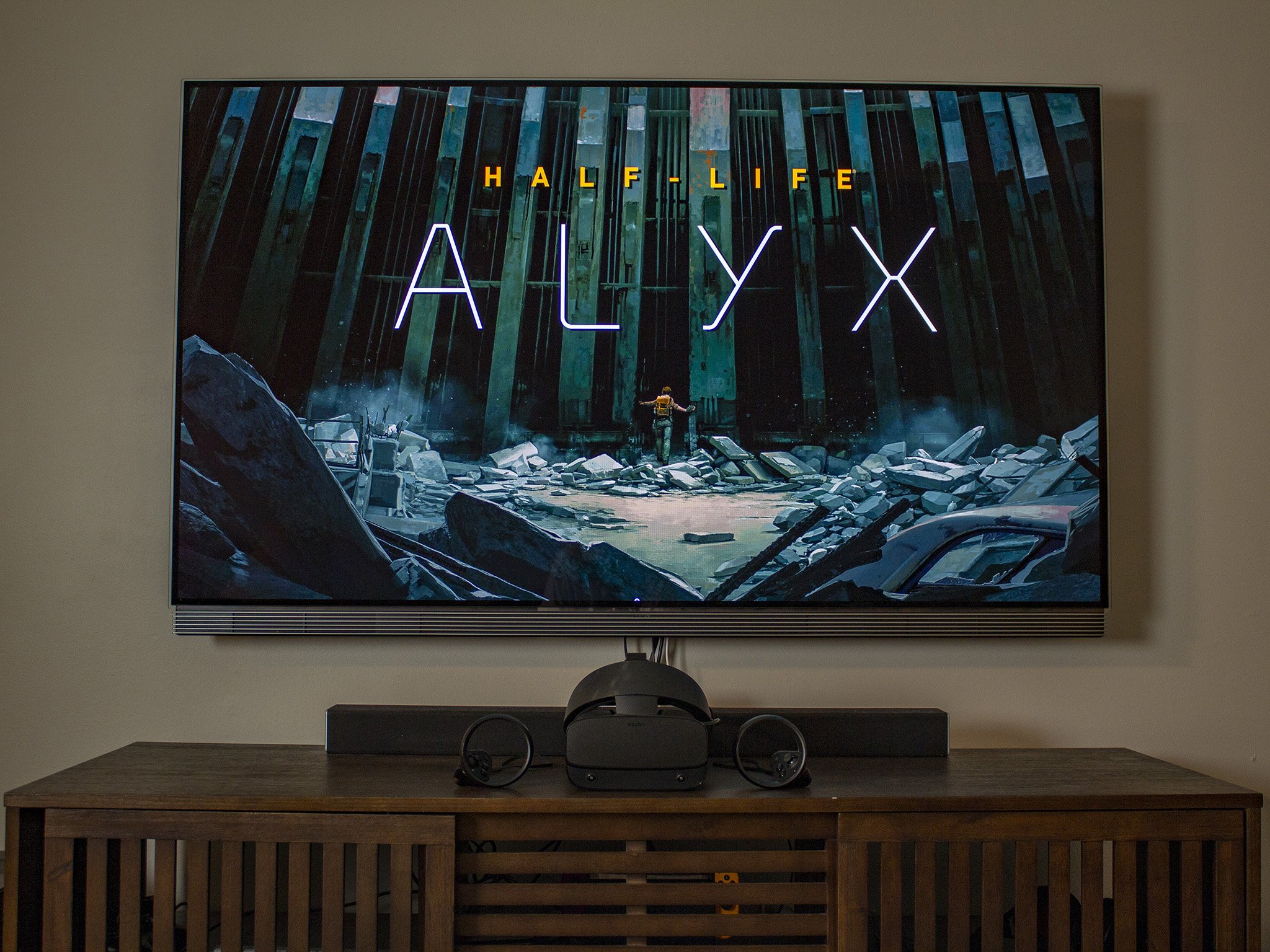Thirteen years is a long time to wait for a sequel. But it turns out that thirteen isn't an unlucky number after all, as Half-Life: Alyx has delivered exactly what many had hoped for. Just as we'd expect from Valve, Half-Life: Alyx breaks new ground in story-telling, atmosphere building, and setpiece design. It's the true hallmark of the company in every way.
If you're reading this, it's likely you already have the gaming PC capable of running a game like Half-Life: Alyx. If that's the case and you haven't had the opportunity or desire to pick up a VR headset before, do it now. Half-Life: Alyx is worth the price of entry alone. With the diminishing cost of entry for VR headsets, it makes more sense now than ever to own one, and I think you'll understand why by the end of this review.
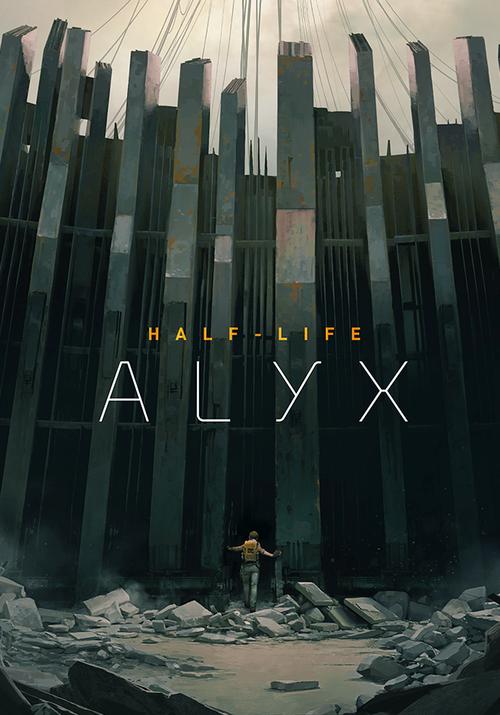
Bottom line: A groundbreaking experience that makes the world of Half-Life more tangible than you could imagine.
For
- Astounding visuals that bring the world alive unlike anything before it
- Groundbreaking sound design
- A thoroughly creepy and tense 15-hour adventure
- Story-telling that brings VR's immersive nature to the forefront
- Thoughtful mechanics and puzzles that play to VR's strengths
- Environmental interaction goes above and beyond what's yet been seen in VR
Against
- Extremely linear story
- No melee combat options
Half-Life: Alyx the realism of the world
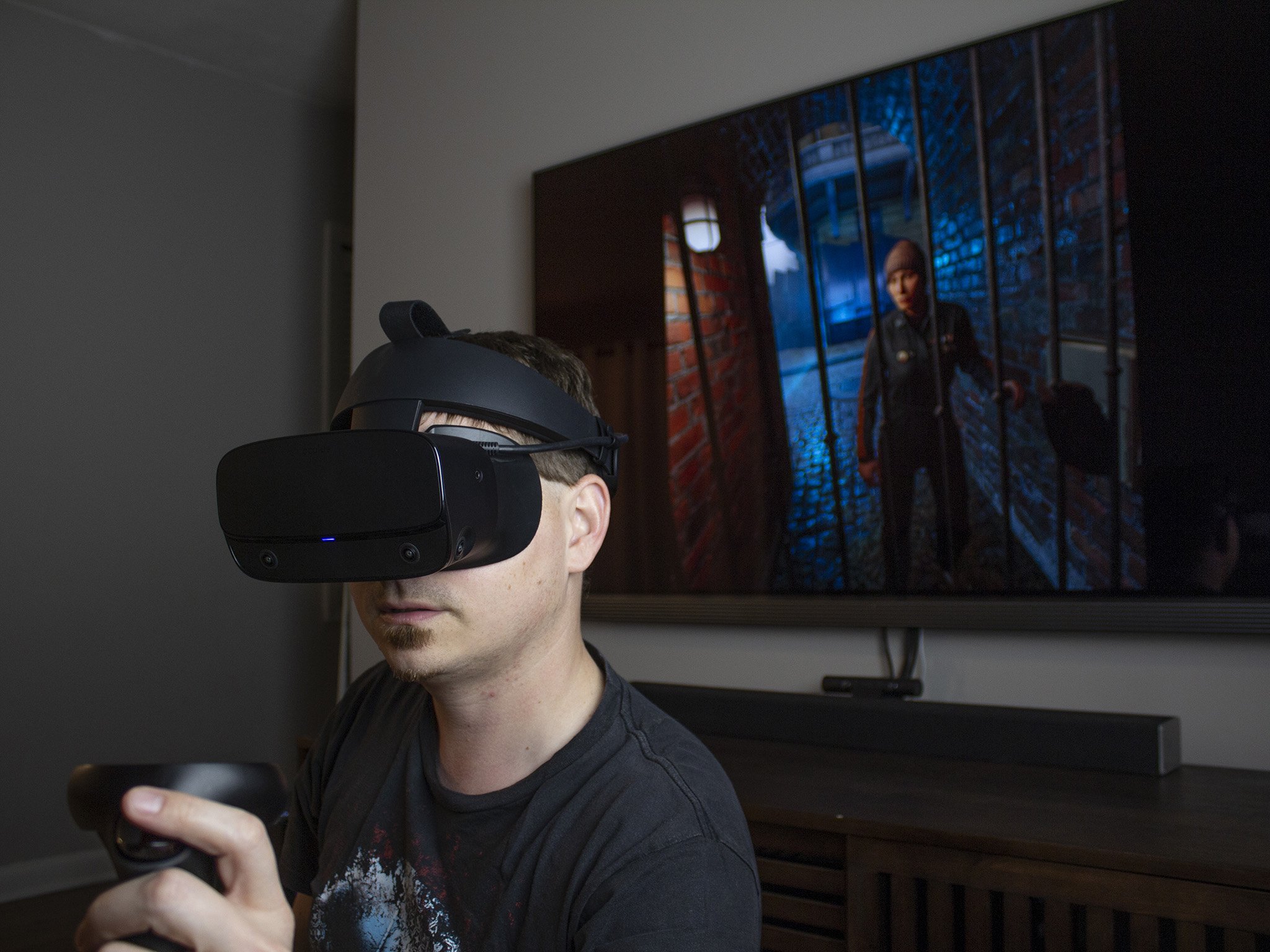
Thirteen years is an eternity in game design, especially when you consider the technical gulf achieved in that timespan. As always, with a Valve game, Half-Life: Alyx has been crafted because it can achieve something valuable with a new type of technology that wasn't available the last time Valve put something incredible together: VR. Just as the Half-Life series helped pioneer scripted events, facial animations, real-time physics, and mind-bending narrative, Half-Life: Alyx crafts a world in a truly tangible way that simply cannot be done outside of VR.
Now that may sound like it's waxing poetic, but it's really not. No matter how good graphics get, no matter how realistic animations are or how convincing environment interaction is, playing a game on a flat display can only feel so real. There's no way to understand this concept until you've played a game like Half-Life: Alyx in VR. While previous Half-Life games utilized groundbreaking concepts or technology to create a convincing world in the past, none of them have felt as real as the one in Half-Life: Alyx.
While previous Half-Life games utilized groundbreaking concepts or technology to create a convincing world in the past, none of them have felt as real as the one in Half-Life: Alyx
Take the enemies, for example. When you play older Half-Life games, headcrabs and zombies are just cool enemies. Barnacles are just those icky-looking things hanging a string-like tendril down from the ceiling. Vortigaunts and Combine are just cool sounding creatures or enemies that add a little alien flare to the science-fiction world of Half-Life. But not in Alyx.
The first time you lay eyes on a zombie, slowly making its way toward you with a headcrab precariously perched on its skull, in the dimly lit corridor of a ravaged subway system, you'll truly understand the terror that exists in this world. When I stepped down into that subway car and opened the doors to find seven zombies mindlessly bashing their heads against the tiled walls, I was befuddled.
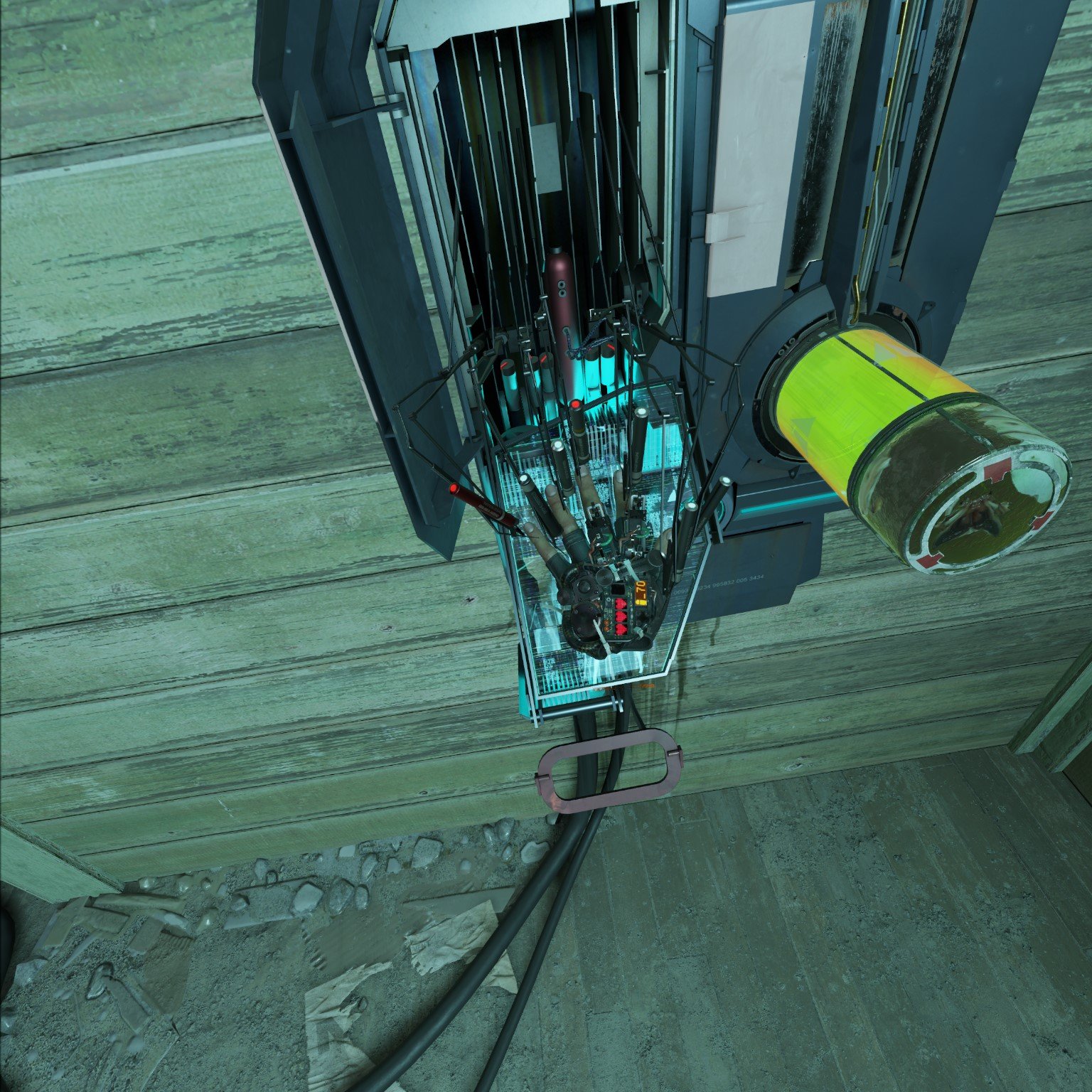
Even the act of healing is disgustingly glorious. Watching a giant grub get squashed inside of a tube and then watching its secretions and juices flow into the needles that poke into Alyx's hands is mesmerizing and horrifying.
I had no idea Half-Life was this scary. And this comes from someone who experienced the original Half-Life in the 8th grade in the late 90s. And I'm someone who jumped at the opportunity to upgrade their PC multiple times, just to squeeze every ounce of performance and detail out of Half-Life 2 just half a decade later. I love Half-Life, and I thought I understood the lore and universe, but this was something entirely different. This was real.
Half-Life: Alyx intelligently designed, thoughtfully crafted
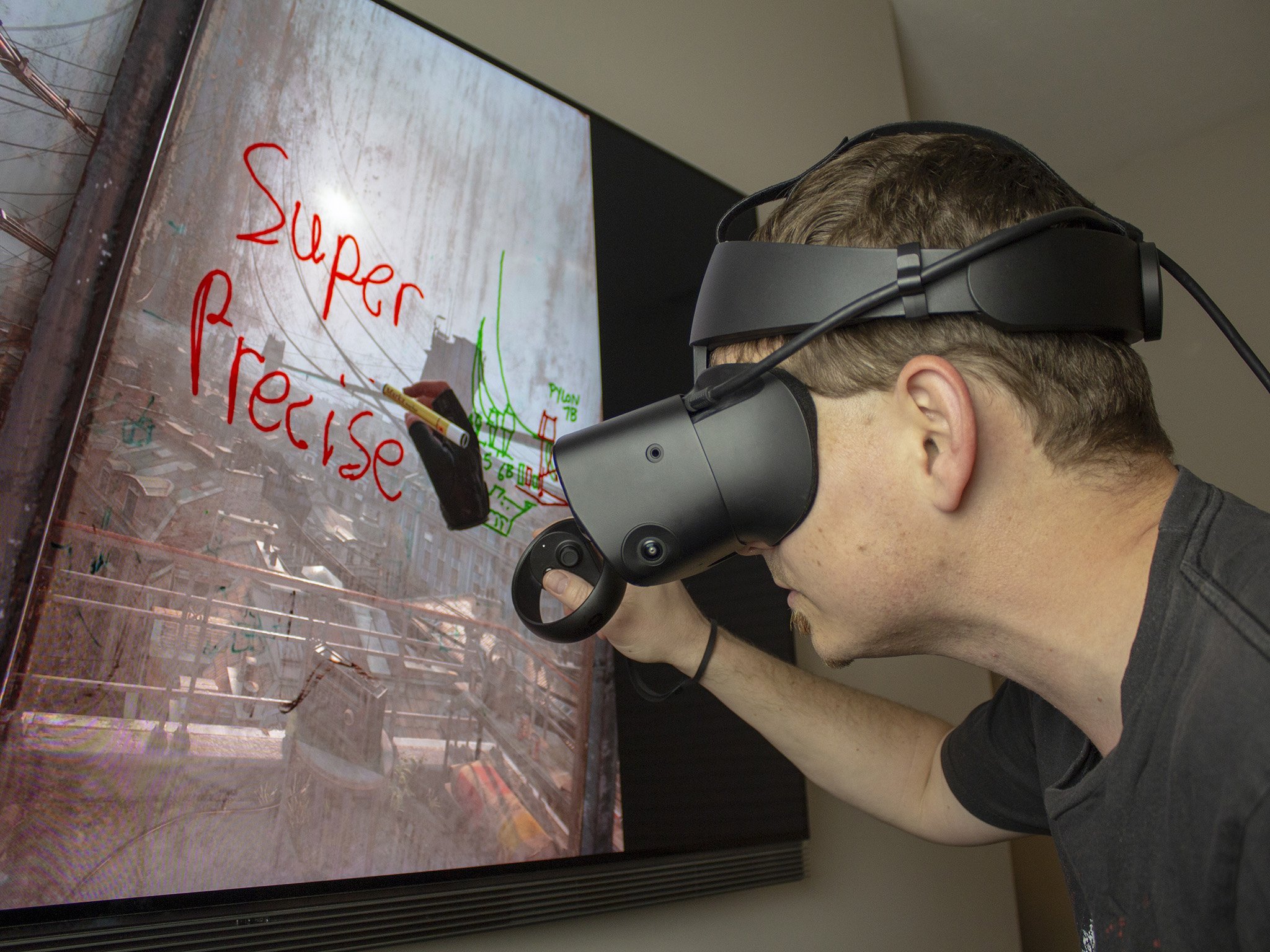
Making the world of Half-Life feel more tangible starts with how you view the world around you. Traditional games that you play on a TV or monitor often have a heads up display, or HUD, which displays relevant information like health, ammo, a map, etc. These sorts of things don't work well in VR because you don't have a fixed space to display them. Valve got around this in two ways: placing information on relevant items, and queuing up audible dialog when it makes sense.
Take Alyx's gloves, for example. They're gravity gloves, which fits perfectly in with the Half-Life universe, as Gordon Freeman used a gravity gun throughout his escapades in all three Half-Life 2 games. You can use these gloves to pull distant objects right to your hands, making it less awkward to hunt for important objects like ammo and health. When you do collect ammo and health, you'll store it in one of two places: ammo goes in your backpack by dropping it over your left shoulder, and each glove has a pouch that will hold a healing item.
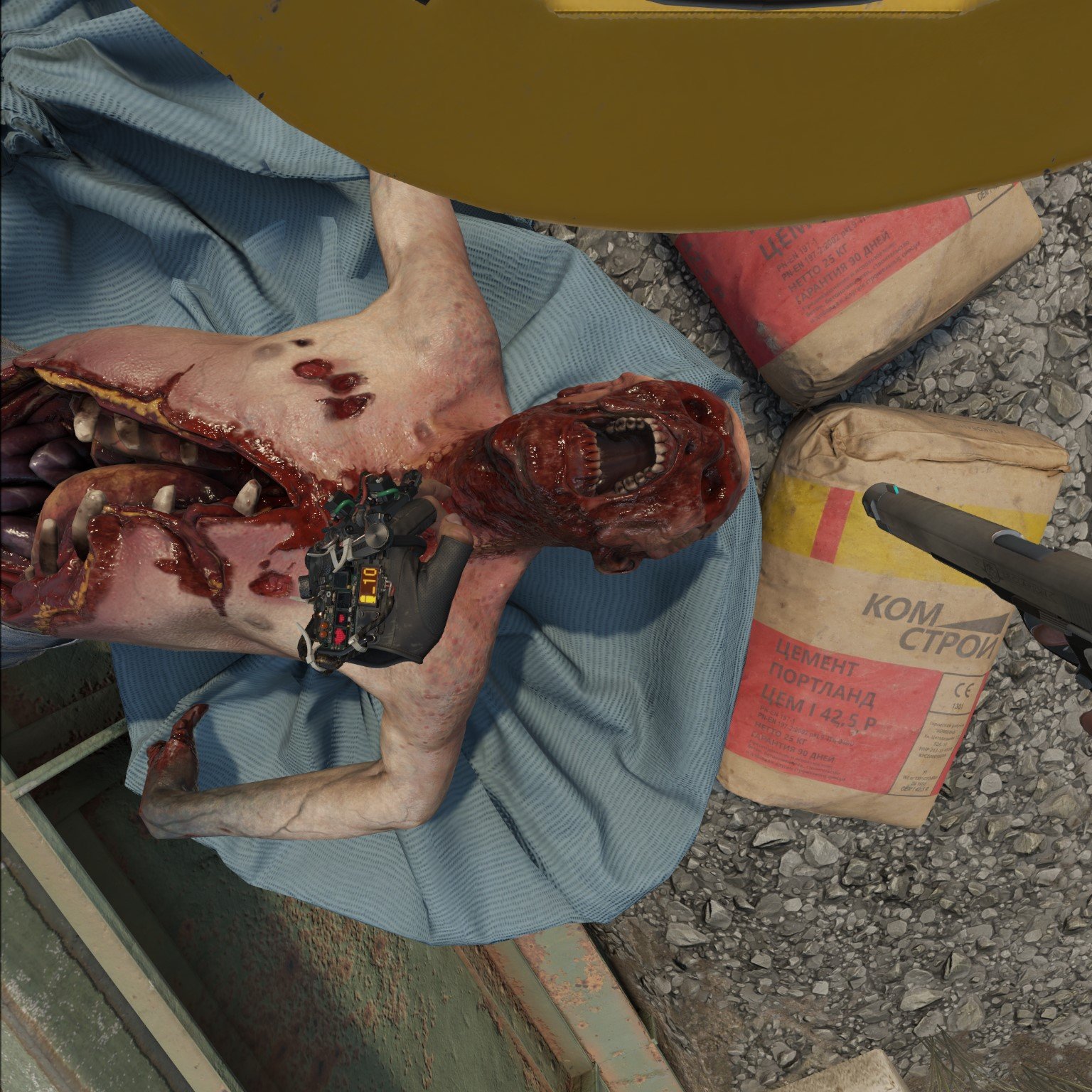
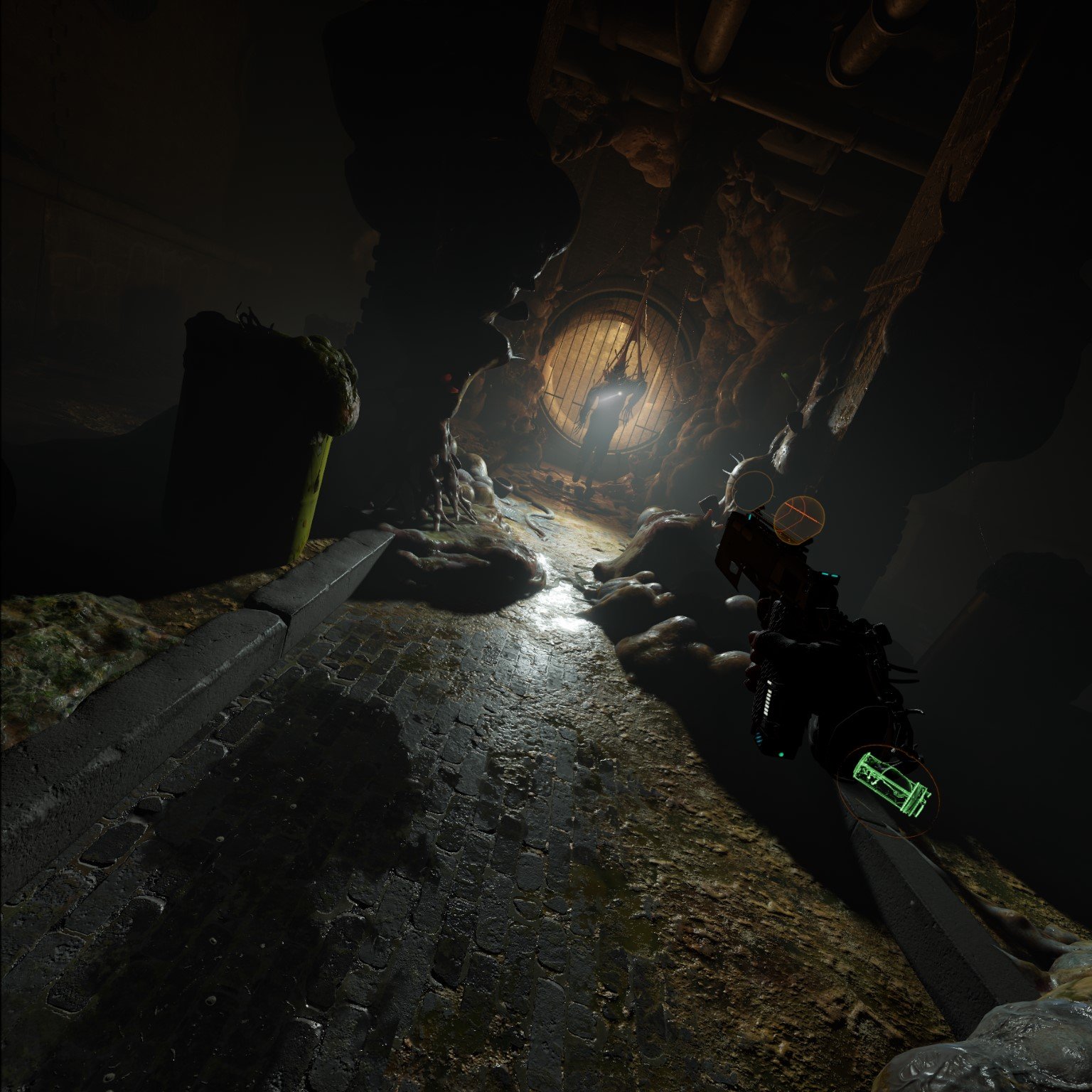
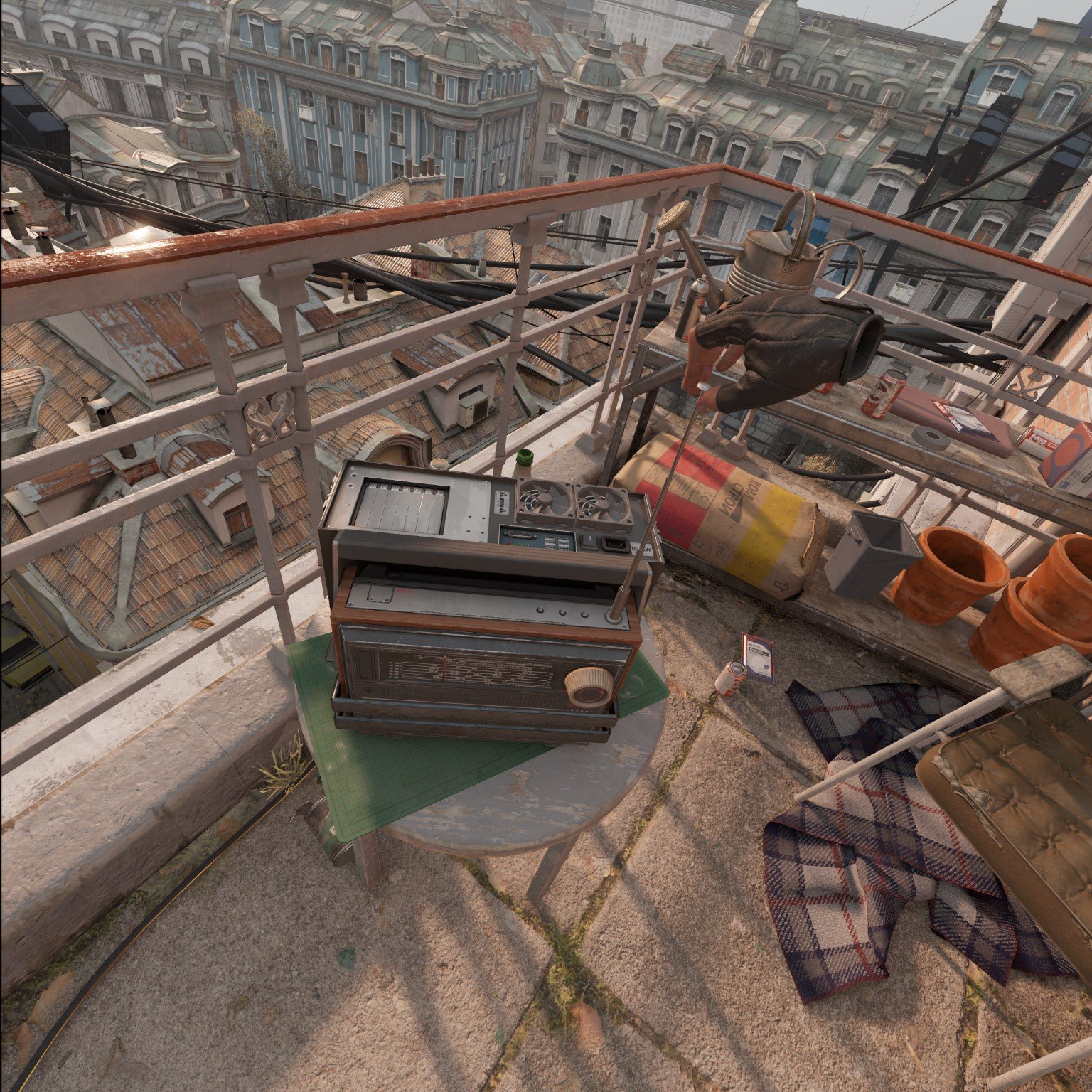
Physically separating these actions helps reduce the feeling of being overwhelmed in the game. You'll never reach over your shoulder for anything other than ammo, and you'll only ever pull healing items out of your glove pouch. Guns and tools are selected by clicking in the right stick and physically moving your right hand to your selection. It's brilliant, and, most importantly, it's less confusing than many other VR shooters I've played.
Inventory management is brilliant, and, most importantly, it's less confusing than many other VR shooters I've played.
Similarly, health and ammo are presented in an obvious way without being in your face. Health and ammo stores are listed clearly on the back of the left hand, while the handgun has a visible number of shells left in the clip, displayed in LED right on the gun. Audible triggers alert you to when you're getting low on ammo, which helps immensely when you're overwhelmed with enemies, and visual information would simply be too much to deal with.
These audible triggers are immensely helpful and are presented in a way that sounds like you're talking to yourself. When you reach for shotgun shells, Alyx will say something like "darn it, that's the last shell," eliminating the need for clunky inventory management schemes and helping the player understand when they're in a pinch. You probably won't hear this too often, as ammo and health packs are littered about the environment; you'll just need to be diligent and explore along the way.
Even puzzles take profound advantage of the physicality and spatial awareness that only VR can bring. You'll be lining up lasers to intersect at important junctions, using Alyx's handheld scanner to manipulate electrical current through walls to open doors, and even operating heavy mechanical machinery by pulling handles, rotating gears, and using precise motion controls to line up parts and openings perfectly. These are all things that simply wouldn't feel the same without physically touching them in a virtual world.
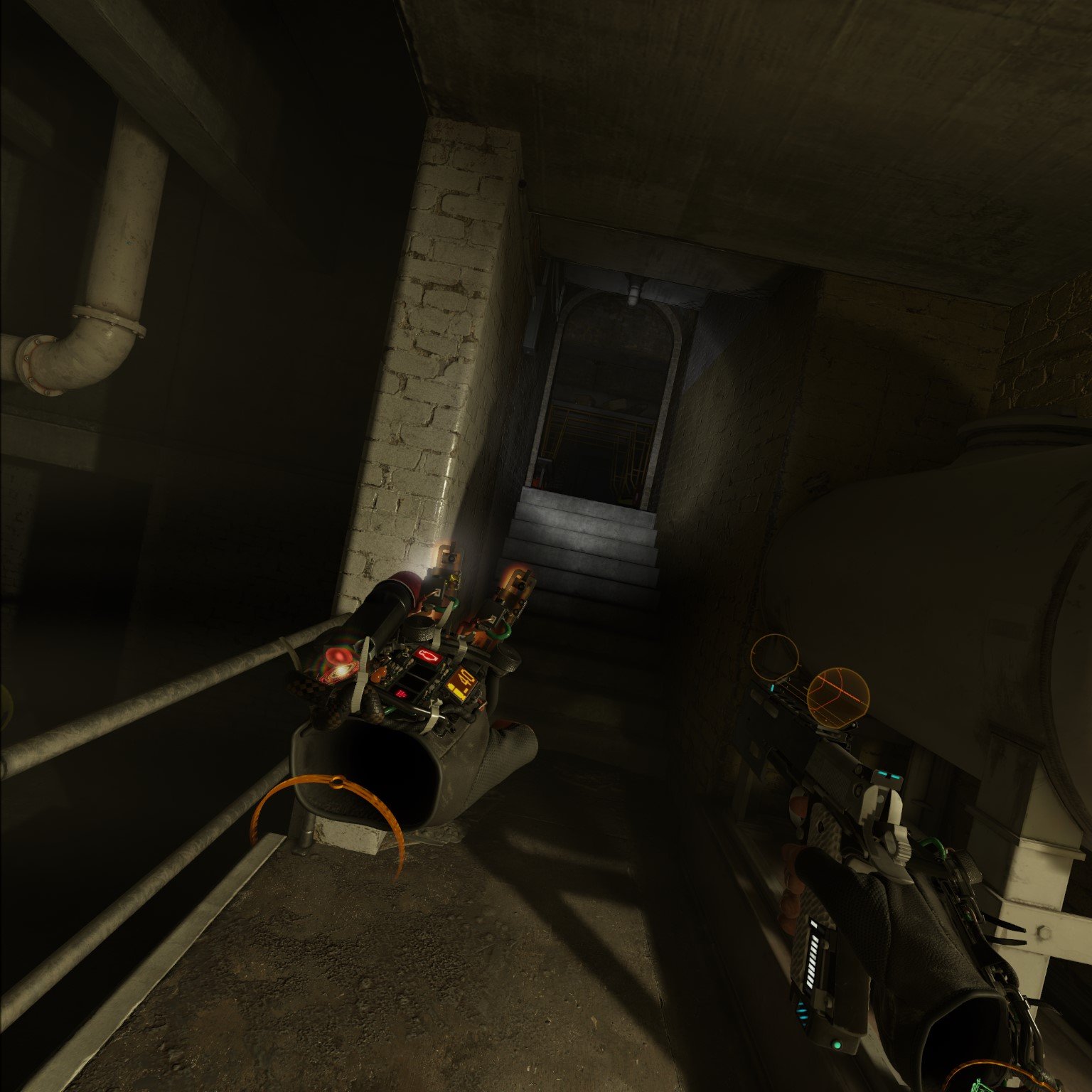
An hour or two into the game, you'll come across a flashlight that can be equipped onto your left glove. The flashlight is automatically activated when in dark areas and presents another amazing way to utilize additional tools without adding confusion. The flashlight is just there; point your left hand where you need to see, and it'll cast a spotlight in that direction. It's not confusing, and it's not tedious. It's brilliant.
As you would expect in a first-person shooter from Valve, physics play a vital part in how objects can be interacted with and how they interact with the rest of the world. But we've been there and done that in video games, right? Many of the interactions you'll find are intuitive and clever. Youll encounter things like wooden boxes that you smash on the floor to open, often revealing ammo clips or health syringes. Headcrabs can be caught in metal buckets when you're low on ammo, and you can even wear hats and other accessories or draw with makers if it strikes your fancy.
Half-Life: Alyx I had no idea VR could look and sound this good
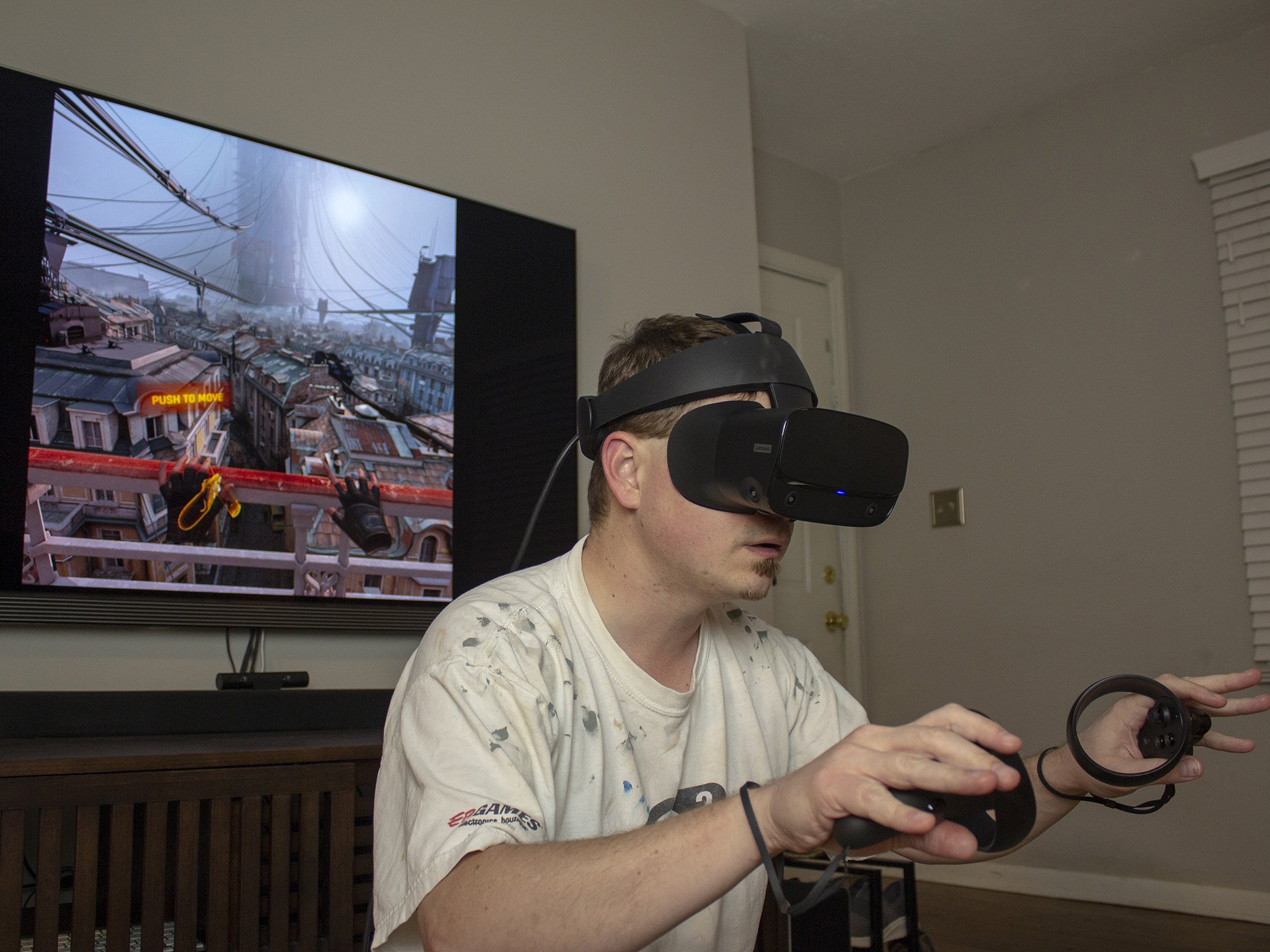
Half-Life: Alyx is powered by the Source 2 engine, Valve's second-generation engine that debuted, to everyone's surprise, with DOTA 2 in 2015. Despite being 5-years-old, the Source 2 engine shines in VR; a medium that often doesn't represent the best in technical visuals because of its demanding performance. While most VR titles look like they would run just fine on a Nintendo Switch, Half-Life: Alyx pushes the technical limits of what can currently be achieved in VR and looks like what you would expect from a high-end PC game.
Valve's artistry is second to none
These visuals are best appreciated when using a headset like an Oculus Rift S, HTC Vive Cosmos, or Valve Index, which feature super crisp display panels that help bring out the detail in the worlds. On top of that, Valve's artistry is second to none, and it shows in every room you enter. Often, I found myself reminiscing about Metroid Prime, whose rooms were all handcrafted, and even a mundane hallway featured ornate details that would otherwise just not exist in other games. Alyx very much feels the same way, with alien plants growing out of places that simply look natural and normal, giving the game an organic feel, as if it were real rather than created with some digital tools.
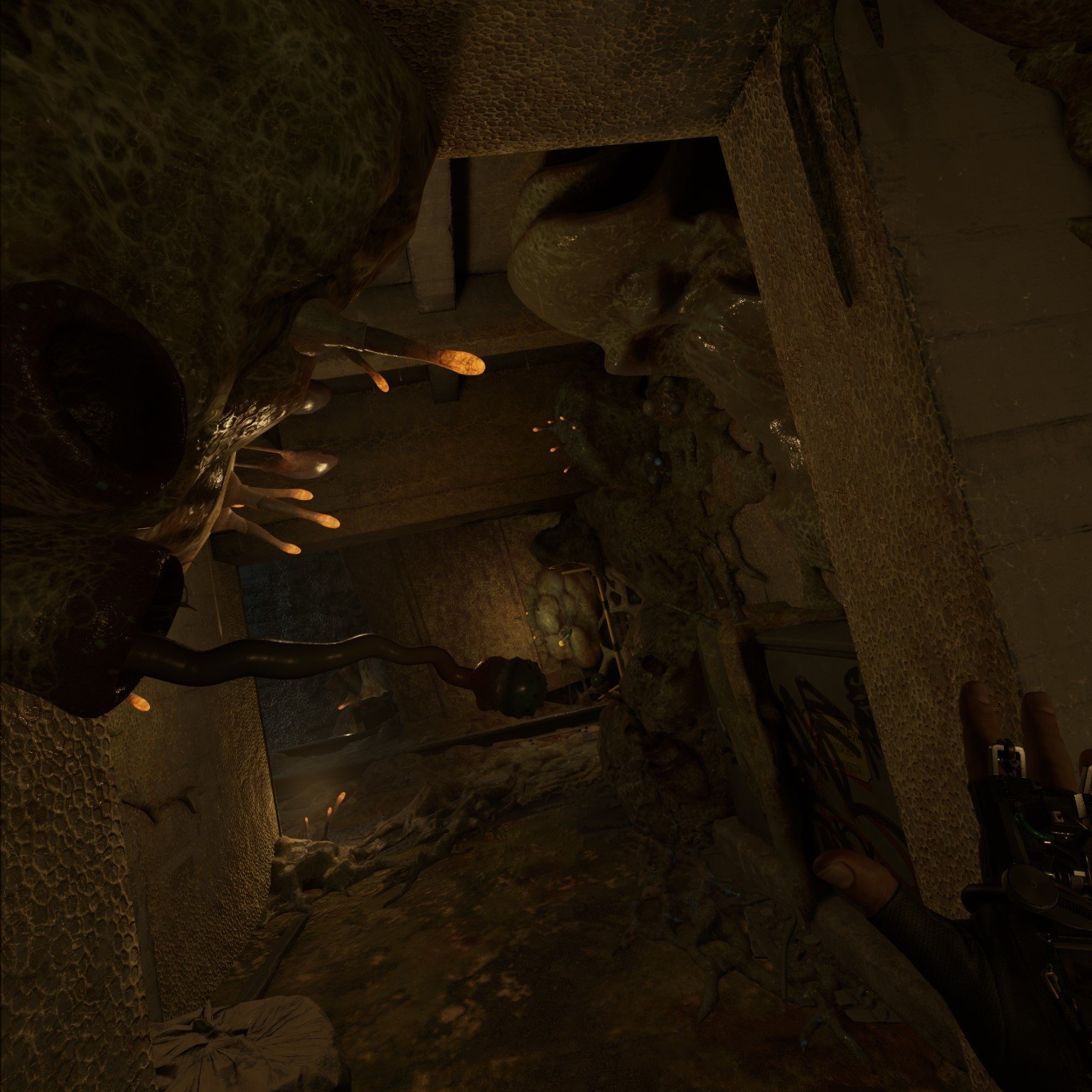
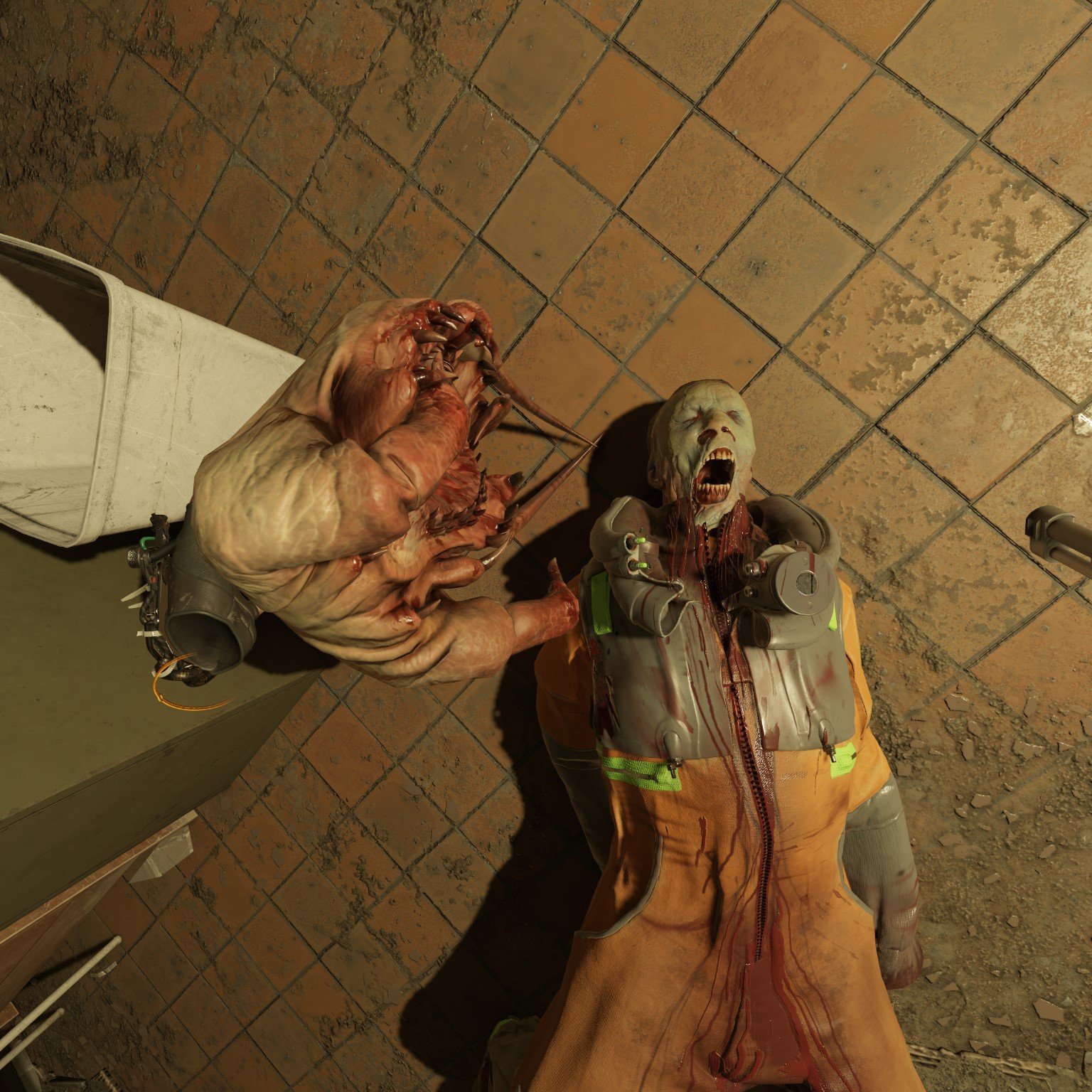
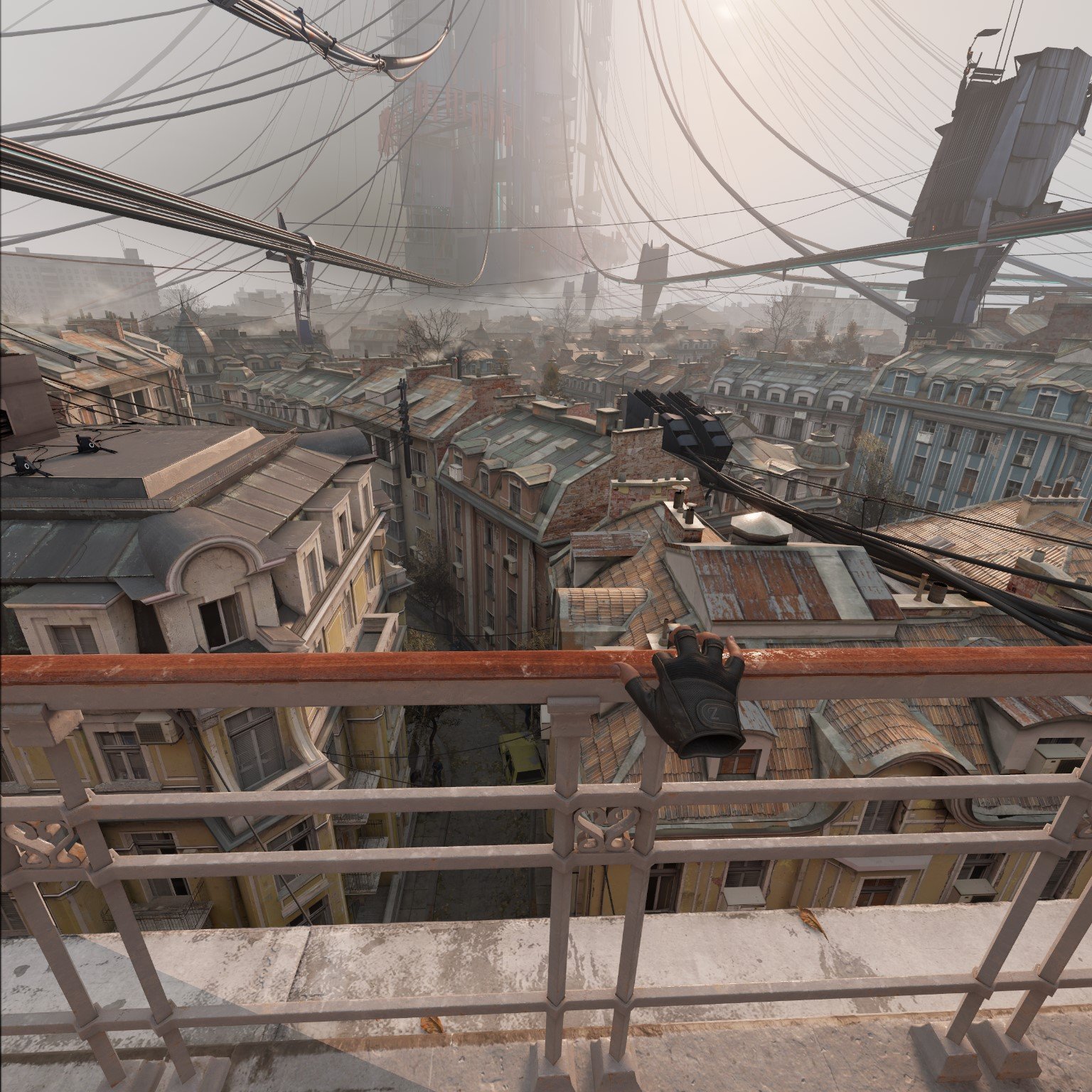
The world is also littered with lore that might otherwise be lost on more carefree developers. What appears to be Russian propaganda posters littered around the city give hints at where City 17 might actually be located on Earth, or what events might have transpired before the alien invasion and Combine occupation occurred. There don't appear to be Elder Scrolls-esque novels roaming about that you can read, but there's enough here for someone who loves exploring to delve a bit deeper into.
Sound, likewise, is being pioneered in Alyx in a way that most VR titles don't consider. The Source 2 engine can articulate sounds based on physical interactions in the world. Clothing rustling over your player's body, for instance, is realistically modeled and audible in a subtle way that feels real, not pre-recorded. Environmental audio is eery and tense, with sounds that are calculated based on positions in 3D space. Some of these technologies are new, some of them aren't, but all of them are used in a smart way to create a sense of realism and horror that we've never before seen in Half-Life or VR, for that matter.
Half-Life: Alyx getting around without getting put into the ground
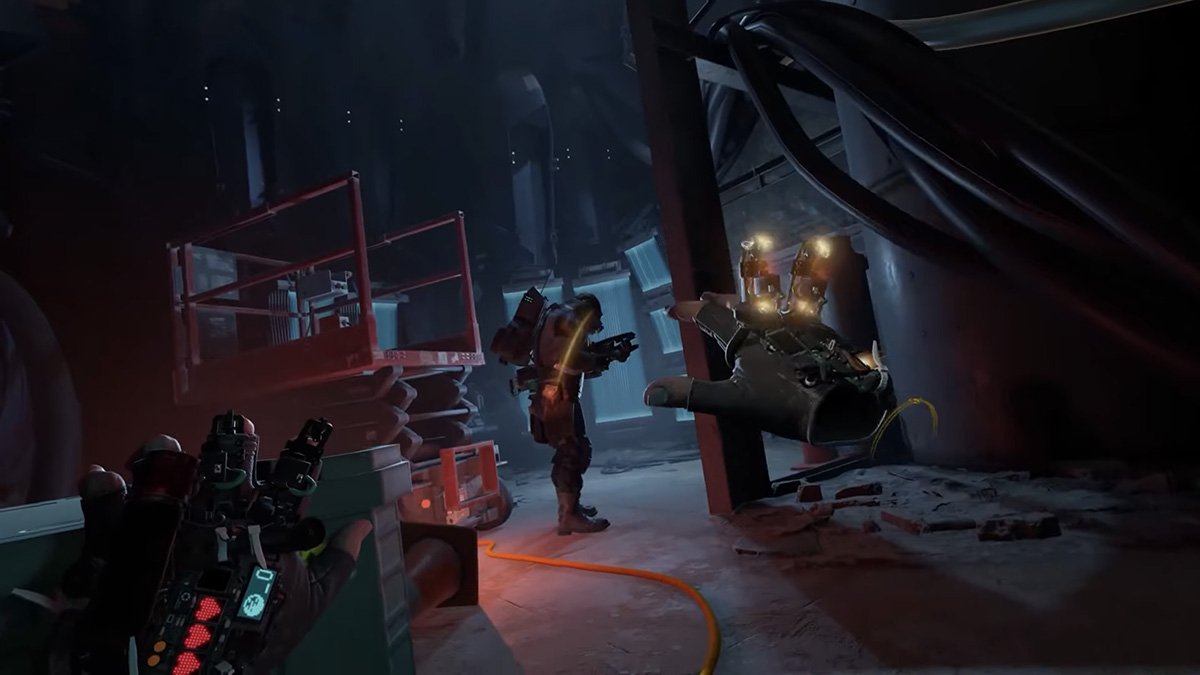
Movement is one of the most challenging parts of VR. It's why it took so long to get a "full" game in the VR space rather than a bunch of tech demos and shooting galleries. Valve, like most developers, has settled on two types of movement options: teleport, or free movement. Teleporting is the default option in Half-Life: Alyx and the one that feels most natural. You press the left stick in any direction, and a holographic pair of boots appear at the end of a trajectory line, letting you know where you're about to move to.
Smooth locomotion works more like a traditional twin-stick shooter, where the left joystick moves your character around the world smoothly, while the right joystick is used for turning. Regardless of the movement method you choose, the right joystick is used to pivot your position left or right, with the option to "snap turn" in approximately 15-degree increments, or to just smooth turn as you would when playing any other first-person shooter on a controller. Smooth turning was added via a post-launch patch, which was a pleasant addition for folks who prefer it.
While I usually prefer smooth locomotion in VR games, the movement in Half-Life: Alyx felt too slow to make this useful, which is why I prefer teleporting. When trudging through the thoroughly creepy quarantine zone and dodging headcrabs by the dozens, teleporting is just so much faster and lets you move more freely up and down elevations, while smooth locomotion requires a bit of finger gymnastics and additional patience.
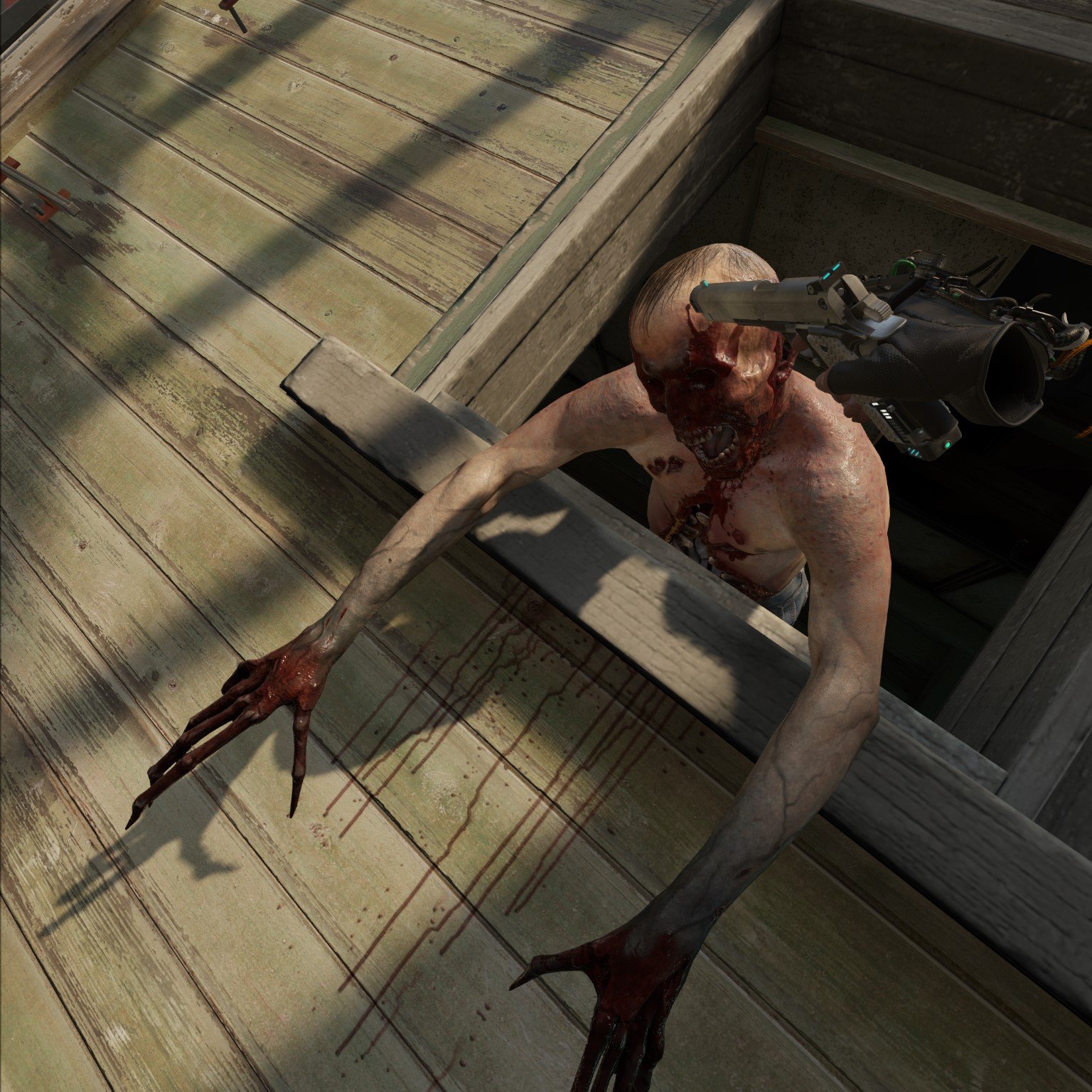
One of the few irritations I had with combat was the sheer lack of melee options. In other Half-Life games, Gordon Freeman wields a crowbar that's incredibly satisfying to use. Other VR shooters, like The Walking Dead: Saints & Sinners utilize an impressive set of physics to calculate weapon weight and other statistics in VR. While Valve apparently experimented with melee weapons at the beginning of HLA's development, the idea was tossed out because Valve says that players kept thinking they were Gordon Freeman.
Not having a basic melee weapon of some sort is a huge missed opportunity
Regardless of the reasons for the decision, I feel like not having a basic melee weapon of some sort is a huge missed opportunity. Yes, it definitely makes encounters with enemies more frightening and chaotic, and maybe that's what Valve was going for. Still, it would have been fun if the gravity gloves could somehow knock enemies over or otherwise manipulate them. Even pistol-whipping enemies would have been fine. Anything to push them away while you reload would have been immensely helpful and welcomed.
Throughout the game, you'll find resin cartridges that can be used at upgrade stations to add additional abilities to your weapons. Given that there are only three guns in the game, these upgrades are vital to keeping things feeling fresh, especially in the face of increasing difficulty as the game progresses. While zombies take half a clip to kill, they're stupid enemies and only pose a threat when they're close. The Combine are another story entirely, and you'll need all the smarts and weaponry you can muster to dispatch them.
Half-Life: Alyx the masterpiece we wanted
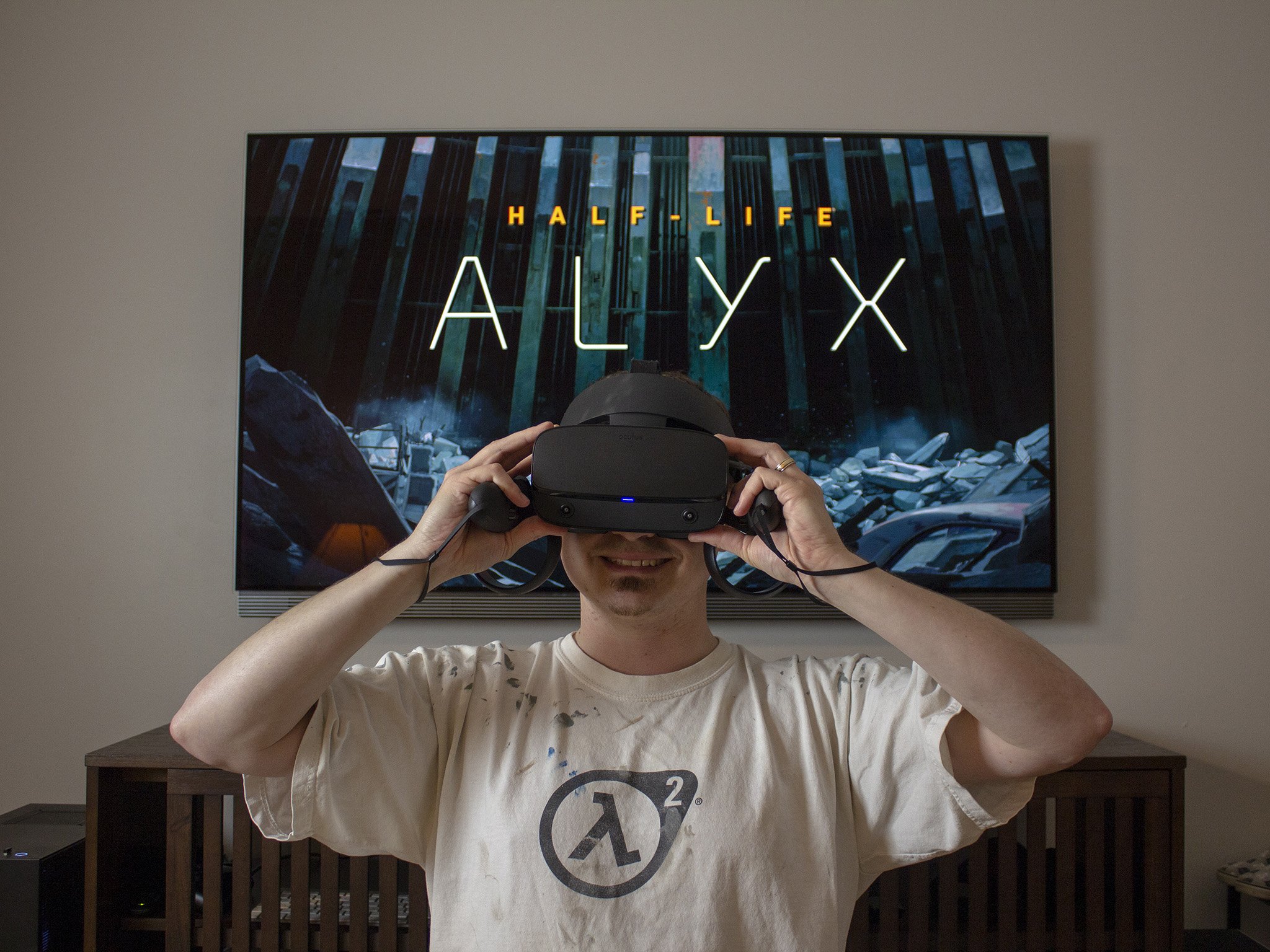
At around 15 hours, this linear story is an incredible addition to the Half-Life universe and one that proves its worth in every moment. It's an important entry into the story, especially to build Alyx's character and her involvement in the events surrounding the Citadel. It also opens up the gates for more games like it from Valve, although no one can seemingly rely on Half-Life 3 happening at any time in history, much less in VR. Half-Life: Alyx's biggest set back is the fact that the story is supremely linear and would have little replayability if it weren't for the excellent mechanics and a convincing world that makes you want to explore every nook and cranny.
Valve said its other VR projects heavily relied on HLA's success, both critically and commercially, and the initial launch week seems to bode well for that front. Half-Life: Alyx has proven that we can not only get a new flagship game from Valve but that VR gaming can provide the compelling mechanics that many gamers said they would wait for before picking up a VR headset. It's a must-play experience and a great way to start your VR journey, even if it might spoil you with its unbelievably polished mechanics, story, gameplay, and visuals. This is the top-tier of VR right now and the best single-player VR shooter ever made.
Nick started with DOS and NES and uses those fond memories of floppy disks and cartridges to fuel his opinions on modern tech. Whether it's VR, smart home gadgets, or something else that beeps and boops, he's been writing about it since 2011. Reach him on Twitter or Instagram @Gwanatu
